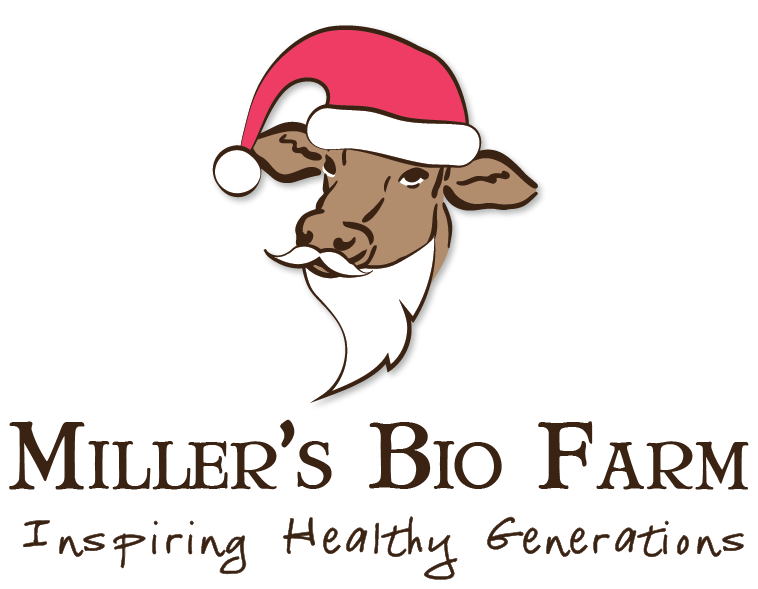What is pet enrichment? Why is it important for your pets' health and well being?
posted on
October 28, 2022

More than half of households worldwide have pets. Why is that? Well, it enriches our human lives. Pets provide companionship, can reduce stress and relieve depression, can give us more opportunities for exercise and socialization… and of course pets can provide us lots of fun!
That’s what pets do for us, but what about what we do for our pets? How can we make their lives better?
Pet enrichment is exactly what it sounds like. It’s how we can enrich our pets’ lives to improve their physical and emotional health and well being.
Some pets need an extra mental challenge to liven their day and curb inappropriate behavior. For some pets, enrichment helps ease anxiety. Some pets have extra energy and added enrichment helps take the edge off. For all pets, enrichment provides something enjoyable to do.
Much like humans, cats and dogs enjoy varied activities and being mentally engaged and physically satiated.
Pet enrichment can happen indoors by playing games, petting favorite spots, or gifting new toys. Outdoors, pet enrichment might involve taking a walk in a new area, playing catch, or going on a hike. But, most important to Miller’s Bio Farm, pet enrichment can also happen through food.
Feeding your pet a variety of foods with different flavors and textures as treats or at mealtime helps keep cats and dogs mentally engaged and physically satiated.
If you’re currently feeding the same old kibble or wet food every day, here are a few ideas to add some exciting real food to your pets’ diet and lives with raw pet dairy:
- Add a dollop of raw Greek yogurt on top of kibble.
- Pour them a small bowl of raw milk or cream to drink instead of water.
- Mix kibble with some raw yogurt or kefir to provide a new texture.
- Make some raw whipped cream and put it inside a treat ball. Your pet is challenged to figure out how to lick it out.
- Go crazy and make some Raw Vanilla Ice Cream for your pets! The cold plus the flavor will be certain to stimulate their senses.
- Explore slow feeding bowls/mats to make mealtime into puzzle time.
- Do some research or talk to your holistic vet about switching to a raw food pet diet.
Raw pet dairy can provide many health benefits for your animals. It provides added moisture, vitamins and minerals, probiotics, and more. You can read more about how fermented raw dairy can boost your pet’s health here.
*All this being said, please know that raw dairy is NOT a complete food for cats and dogs. In other words, you can’t feed your pets only dairy. They need bones, meat, organs, etc for complete nutrition.
An important note is that not all pet food is created equal. When Miller’s Bio Farm started offering pet food, we were shocked at how unregulated the pet food industry is.
For example, generic meatmeal can be legally made from the scraps scraped from a butcher’s floor or roadkill, dead, diseased or dying farm animals — even euthanized cats and dogs. The same goes for raw pet dairy could come from cows with mastitis, have added coloring or ingredients, and so on. Yuck!
We are proud to have a variety of clean and safe raw foods for your cats and dogs. We go above and beyond and follow the highest standards. This is true for our beef, chicken, and turkey pet products as well as our raw pet dairy. You can read more about how we provide your pets the highest quality pet dairy here.
What do you feed your pets? Have you included raw foods in their diet?
I’d love to hear from you. Comment below (no account required - start typing for the guest option to appear) or contact us.




